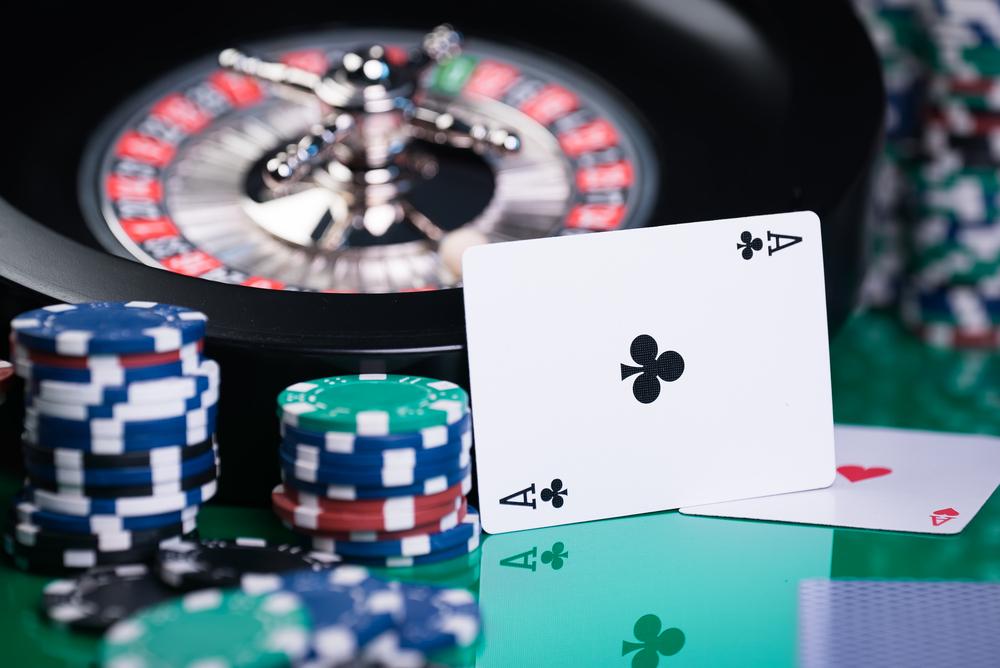
Welcome to the intriguing world where math and chance blend together, influencing the outcomes of your favorite casino games. Beneath the glitz and glamour of the casino floor lies a foundation built on intricate mathematical principles. In this article, we will take a fascinating journey into the realm of probabilities and explore how they shape your gaming experiences.
1. The House Edge: A Game of Numbers
Behind every game, there lies a number known as the “house edge.” This percentage represents the advantage the casino has over players in the long run. Let’s delve into some popular casino games and their associated house edges:
- Slot Machines: With their flashing lights and enticing sounds, slot machines often dominate the casino floor, captivating players with the possibility of life-changing jackpots. However, they also come with a higher house edge, typically ranging from 2% to 15%. These machines operate on random number generators (RNGs), ensuring results are completely unpredictable.
- Roulette: The timeless game of spinning wheels holds its unique charm. In European roulette, the house edge is approximately 2.7%, while American roulette, with its double zero, increases the house edge to around 5.26%. Knowing these odds can help you make strategic betting decisions.
- Blackjack: Renowned for its strategic gameplay, blackjack offers one of the lowest house edges in the casino realm. Depending on the specific rules and your playing strategy, the house edge can be as low as 0.5% or even lower. Understanding basic strategy can significantly enhance your chances of winning.
2. Understanding Return to Player (RTP)
While the house edge determines the casino’s advantage, RTP, or return to player, is the opposite side of the coin. It represents the percentage of wagered money that will be paid back to players over time. For example:
- A slot machine with an RTP of 96% means that, in the long run, for every $100 wagered, players can expect to receive $96 back. However, this doesn’t guarantee individual wins or when they will occur; it merely demonstrates the machine’s theoretical payout over a large number of plays.
- A game with a higher RTP generally offers players better odds, making it an essential factor to consider while choosing which casino games to enjoy.
3. The Role of Variance
Variance plays a significant role in your casino experience, determining the nature of wins and losses. It refers to the statistical distribution of outcomes and can be classified into three main categories:
- Low Variance: Games with low variance typically offer consistent, smaller wins. They have a shorter payback period.
- Medium Variance: Games with medium variance strike a balance between frequent, smaller wins, and occasional bigger wins.
- High Variance: Games with high variance often create the thrill of massive wins, but they come with extended dry spells. Winning can be rare, but when it happens, it tends to be substantial.
Understanding variance can help you align your gaming preferences with the type of experience you seek, whether it’s frequent small wins or the adrenaline rush of a colossal jackpot.
Ultimately, the captivating world of casinos is an intricate dance between probability, mathematical calculations, and moments of pure chance. By grasping the mathematics behind the games, you can make more informed decisions, optimize your gameplay, and enhance your overall enjoyment. Remember to always play responsibly and savor the excitement that comes with unraveling the probabilities behind big wins.































